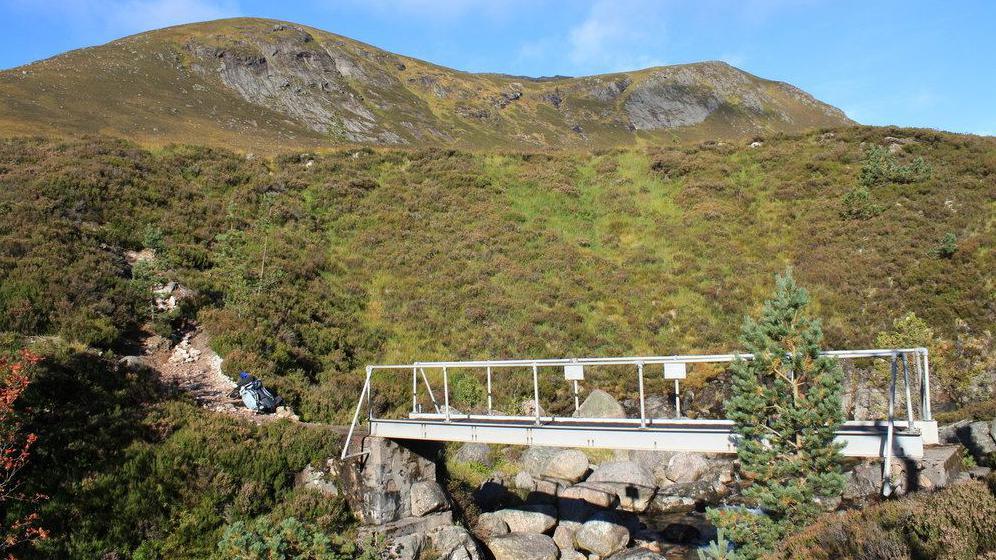Battle over 'not spots' in Scotland's wild places
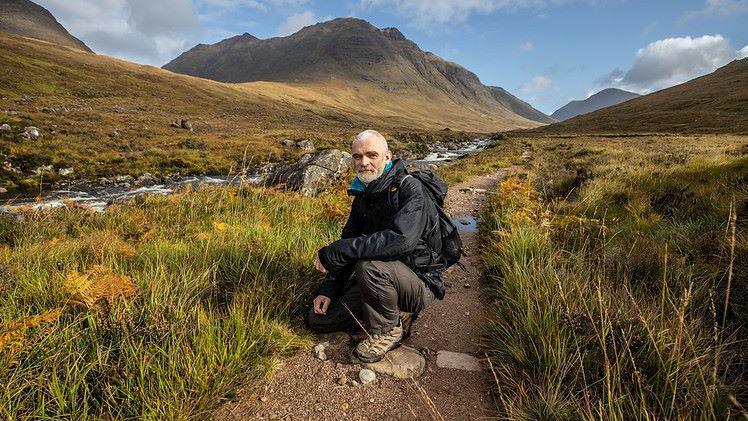
National Trust for Scotland footpaths manager Bob Brown in Coire Mhic Nobuil, Torridon
- Published
Wild land and sparsely populated mountain landscapes should be protected from a rollout of digital masts, say Scottish conservation charities.
The Shared Rural Network (SRN) aims to deliver reliable 4G mobile broadband to 95% of the UK, while tackling locations dubbed "Total Not Spots".
But organisations such as the John Muir Trust said the programme was being rushed and has called for a more targeted approach.
The UK government, which is funding the rollout, said reliable connectivity improved people's safety and was fundamental to growing rural economies.
SRN involves the UK's four mobile network providers - EE, O2, Three and Vodafone.
As part of the project, the UK government is investing £500m to build new masts to eliminate Total Not Spots - hard to reach areas where there is no coverage at all.
The John Muir Trust is part of a coalition of community, conservation and outdoor groups concerned about where some masts would be located, and also the tracks needed for accessing the infrastructure.
The trust said there was a rushed approach to SRN "being driven by a geographical target".
It said in Knoydart in the west Highlands there was community opposition to new masts on the peninsula.
Fiona Baillie, of the John Muir Trust, said two masts were also planned for Glen Affric, a large area of mountains and woodland south of Inverness.
She said: "This is a partial not spot.
"There is some network coverage in area, but it is not provided by all four of the mobile operators.
"In our view there shouldn't be any need for new masts in this location and yet we are seeing proposals for two masts, including access tracks."
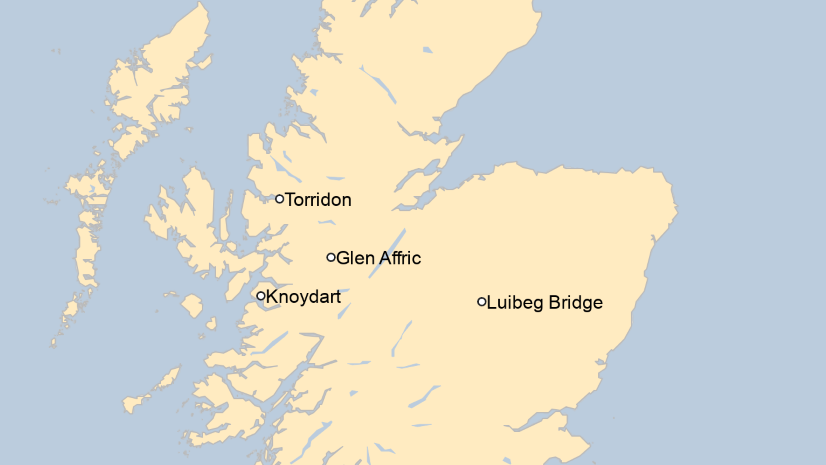
National Trust for Scotland (NTS) said masts could have a detrimental impact on ecology, stunning landscape character and "the tranquillity and unspoilt nature of special places".
It said an application had been made to place a mast in Coire Mhic Nobuil in the heart of the Torridon National Scenic Area.
Stuart Brooks, NTS' director of conservation and policy, said: "The National Trust for Scotland understands that connectivity is vital to support thriving rural communities and we’re more than happy to work with providers to find appropriate places for their facilities.
“We are deeply concerned by the approach being taken at the moment which seems to take no account of the nature, beauty and heritage of many locations."
He added: “Scotland’s beautiful places and views are amongst its most valuable assets, and we all have a responsibility to ensure that they are protected for everyone.”
NTS footpaths manager Bob Brown added: “This landscape, loved by many, will be blighted by such a structure.
"It will be visible during the entire traverse of the Coire Mhic Nobuil path, and at many other points."
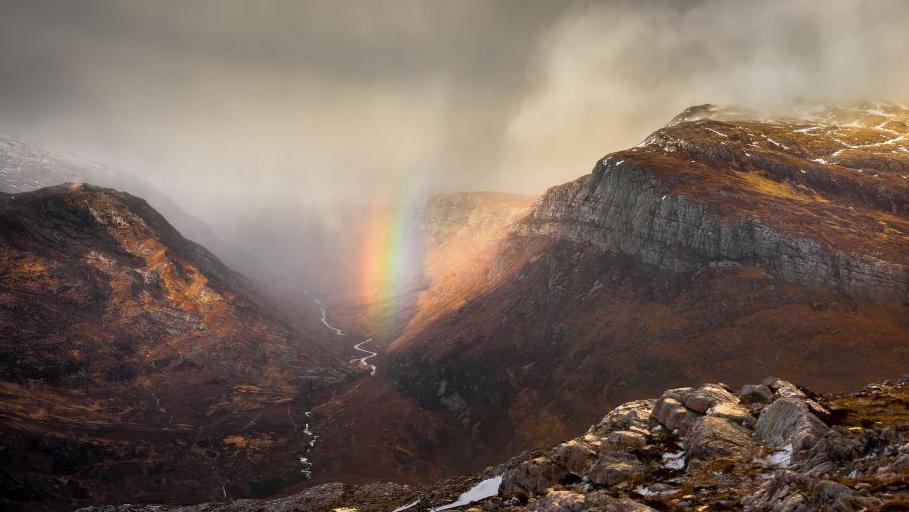
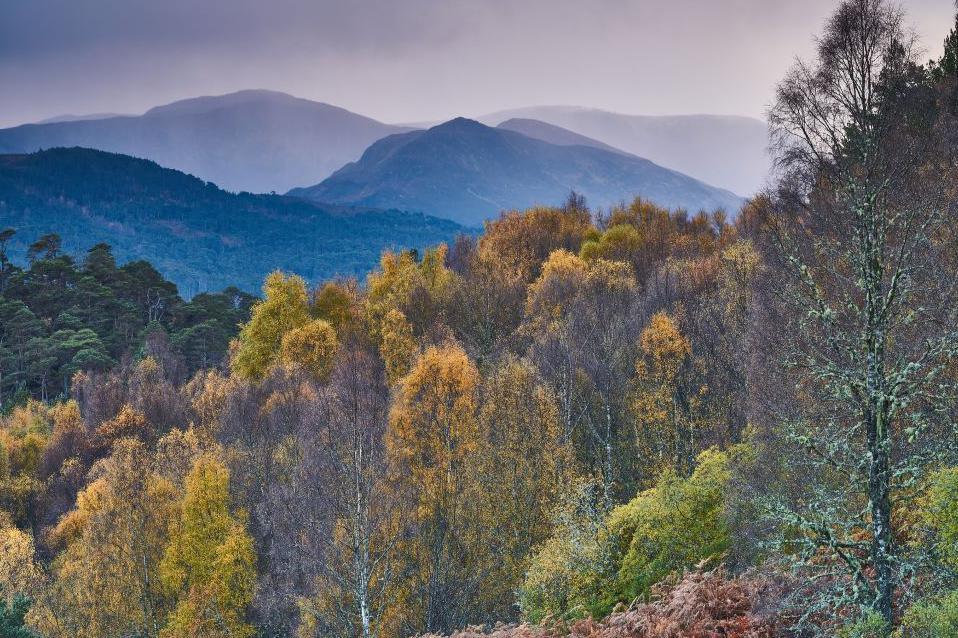
The John Muir Trust said two masts had been proposed for Glen Affric
Last month, climbers and outdoors groups reacted angrily to plans for a 20m (67ft) high communications mast near a famous mountain pass.
The proposed site at Luibeg Bridge is near paths leading to the 19-mile (30km) Lairig Ghru in the Cairngorms National Park.
Communications company WHP Telecoms said the planning application had been withdrawn temporarily so supplementary information could be provided to address concerns.
The company added it expected the application would be re-submitted at a later date.

The SRN programme aims to improve mobile broadband coverage
The UK government said local authorities had responsibility for approving applications for masts, and added that the planning process was considerate of areas of natural beauty.
It said publicly-funded masts were shared by the four operators involved.
A spokesperson said: "Publicly-funded SRN masts in rural areas of Scotland will facilitate 999 calls for the first time, allowing first responders to reach people in need of emergency assistance.
They added: "At each potential mast location, there is an individual assessment taking account of a wide range of factors including consideration to areas of natural beauty.
"All new masts will, of course, then go through the proper planning process."
Related topics
- Published26 November 2023
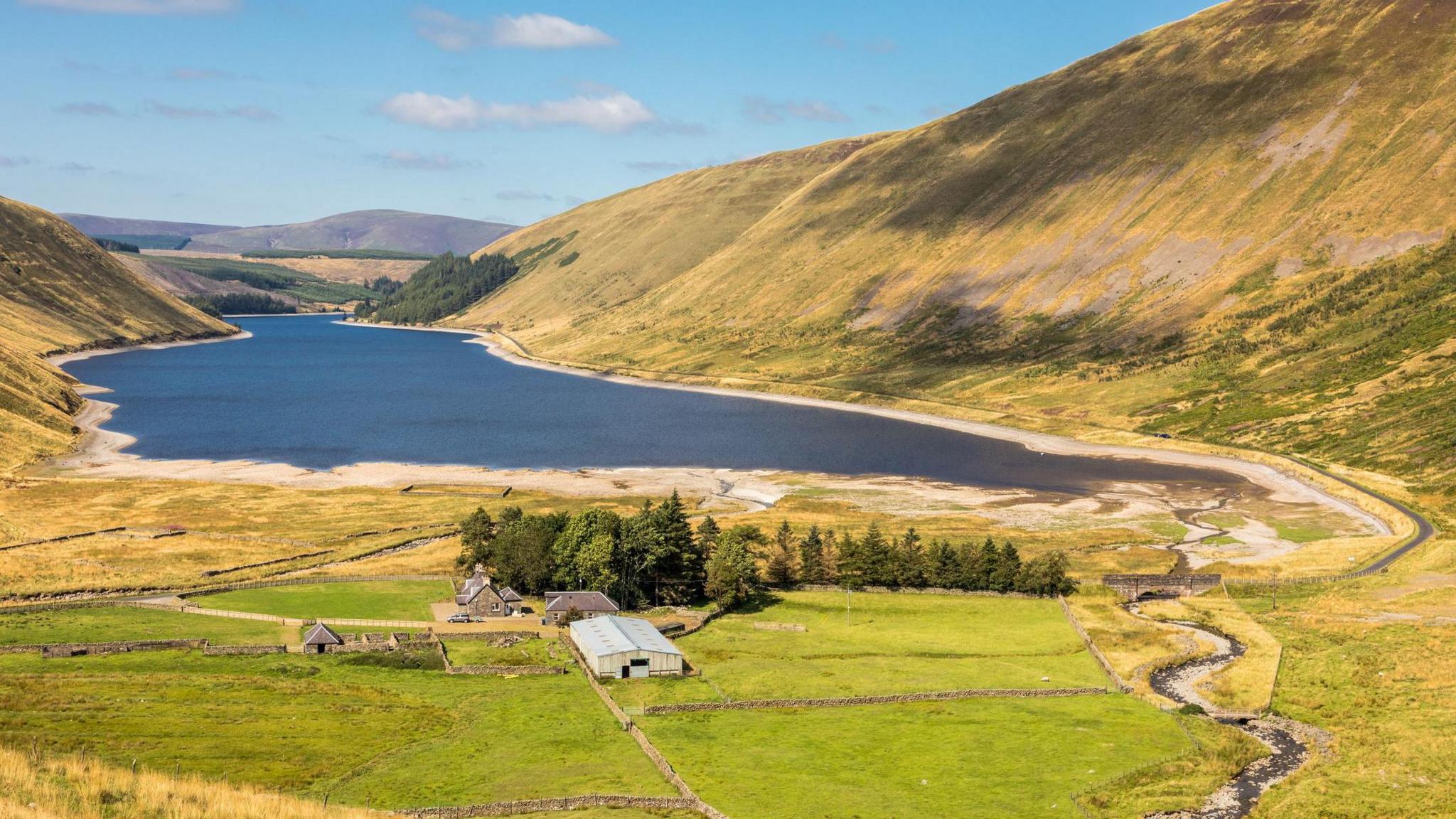
- Published4 October 2023
